Speaker
Description
Despite intense observational efforts and a series of important results in the last two decades, the study of ultra-high-energy cosmic rays (UHECRs) remains one of the most challenging in astronomy both because their flux is extremely low (one particle per m2 per billion year at the highest known energies) and because their macroscopic energies (tens of Joules) still do not provide large enough rigidities to allow quasi-rectilinear propagation in the Galactic (and extragalactic) magnetic fields. As a consequence, no direct detection of their sources has been possible thus far and their astrophysical origin as well as their acceleration mechanism remain a mystery. To take up the challenge new UHECR observational means appear necessary. The JEM-EUSO Collaboration has undertaken to open the space road to UHECR studies. For more than a decade it has been developing a realistic program to measure the UHECRs from space with unprecedented aperture. Several intermediate missions have already been completed (on the ground: EUSO-TA; under stratospheric balloons: EUSO-Balloon and EUSO-SPB1; in space: TUS) or are active on-board the ISS (MINI-EUSO), and others are in preparation for flight (EUSO-SPB2), under review (K-EUSO), and proposed for the next decade (POEMMA). We will report on the obtained and expected results of these missions and the status of the JEM-EUSO program based on the demonstrated performance of its now mature technology.

